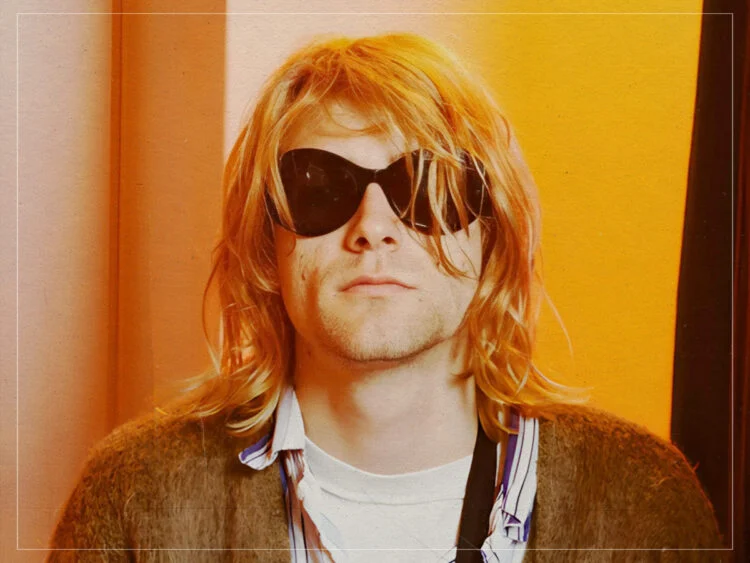Kurt Cobain has always seemed like one of those musicians whose story has a definitive beginning, middle and end.
For instance, it’s easy to look at his experiences at school and take his inability to fit in as an appropriate starting point to decipher the uniqueness of his art, but, really, it all occurred somewhere far more inherent. Simpler, perhaps.
While those seeds of disdain on the playground did influence the way he viewed music as an outlet later on, it wasn’t the only thing that pushed him to want to pursue the art form. In fact, most of the music he’d heard as a young, impressionable child was stuff he didn’t always enjoy, but it wasn’t until he was a little older that he realised why.
“It took me so many years to realise that a lot of it had to do with sexism,” he once said, explaining what it was about Led Zeppelin and AC/DC that didn’t quite sit right with him. “The way that they just wrote about their dicks and having sex. I was just starting to understand what really was pissing me off so much those last couple years of high school.”
In all fairness, Cobain did enjoy some of the melodies, but the common themes didn’t inspire him to pursue the same path as much as his wanting to tip the scales in another direction did.
Because it wasn’t just about dismissing the work of others for the sake of it, neither was it about trying to recreate things because they had been tried and tested by countless others before. Grunge was in its own league, but only because people like Cobain enjoyed many of rock’s most definitive pioneers and outliers and decidedly took things in another direction, even when the chords, melodies and structures seemed similar.
But discovering these commonalities across all musicians and genres made him more proactive when it came to writing the things he thought would stick, like grabbing the framework of rock and embellishing it with a different kind of grittiness. As he once explained: “When I was young, that’s how I learned how to play music — I had a guitar and a Beatles songbook,” he recalled. “I would listen to the records and play along. Of course, it didn’t sound like The Beatles, but it got me to understand song structure, melody, harmony and arrangement.”
Perhaps that’s also why some of those he looked to for guidance were also built on a love-hate relationship, of studying the greats and thinking, “I could probably do this better”.
Obviously, Cobain never thought he could improve upon the work done by absolute innovators like the Fab Four, but the intent to create something new and exciting was there, a mindset that set him apart with an anarchic edge from the beginning.
And while he didn’t always enjoy AC/DC, they did set him on a specific path. “I learned how to play ‘Back in Black’ by AC/DC, and it’s pretty much the ‘Louie Louie’ chords, so that’s all I needed to know,” he once said.
“I never did pay the guitar teacher for that week either. I still owe him money,” he added. “But that’s it, you know, I just started writing songs on my own. Once you know the power chord, you don’t need to know anything else.”
There are countless moments that could suggest the start to Cobain’s foray into the music world, but what better starting point is there than the base that connected everything? It’s ingenious, too, to take something that wasn’t always his cup of tea and make it his own, like observing all the things that had worked in the previous years and take it somewhere else entirely, somewhere more honest, somewhere slower and more considered; the antithesis of rock ‘n’ roll but with all the same colours that made it flourish.
